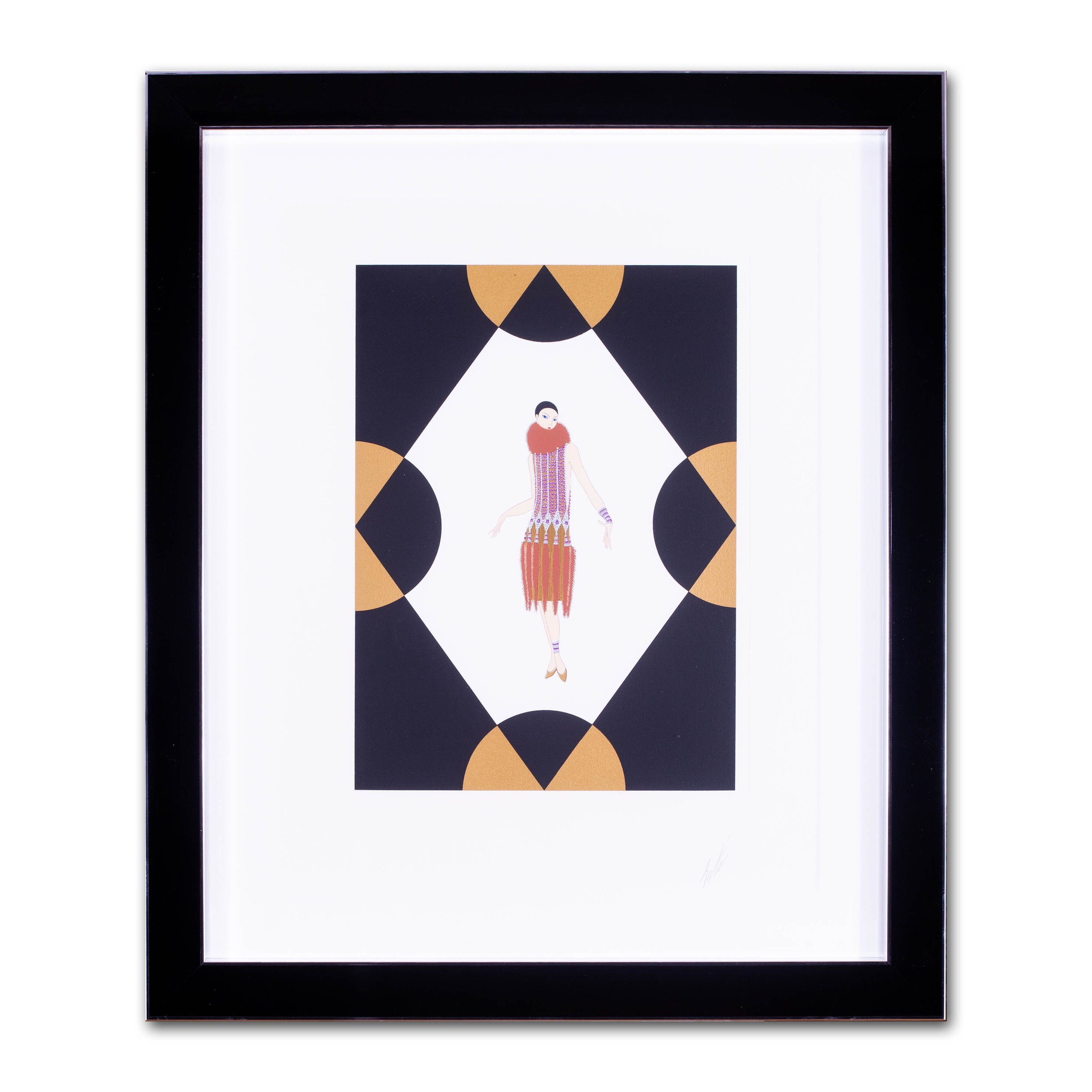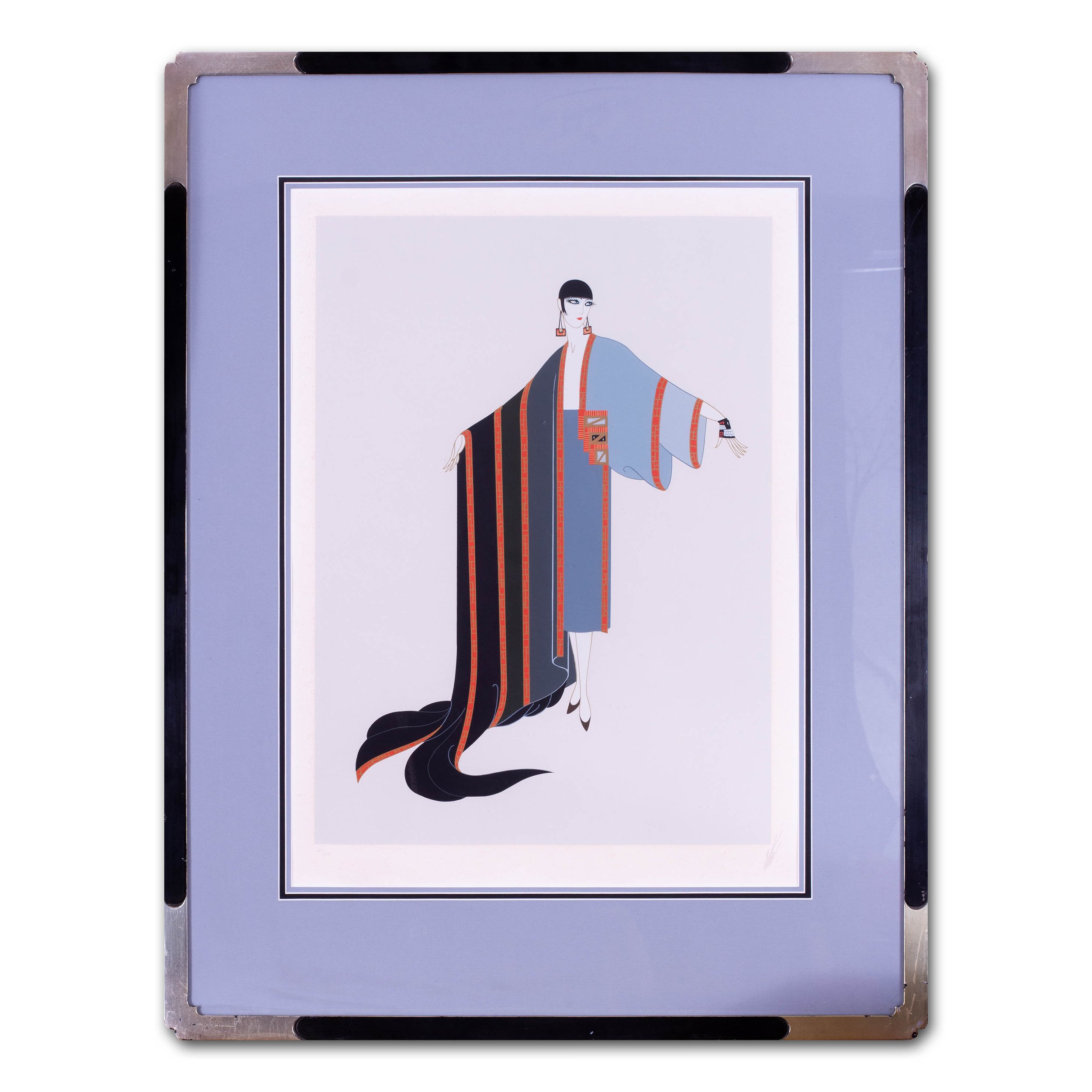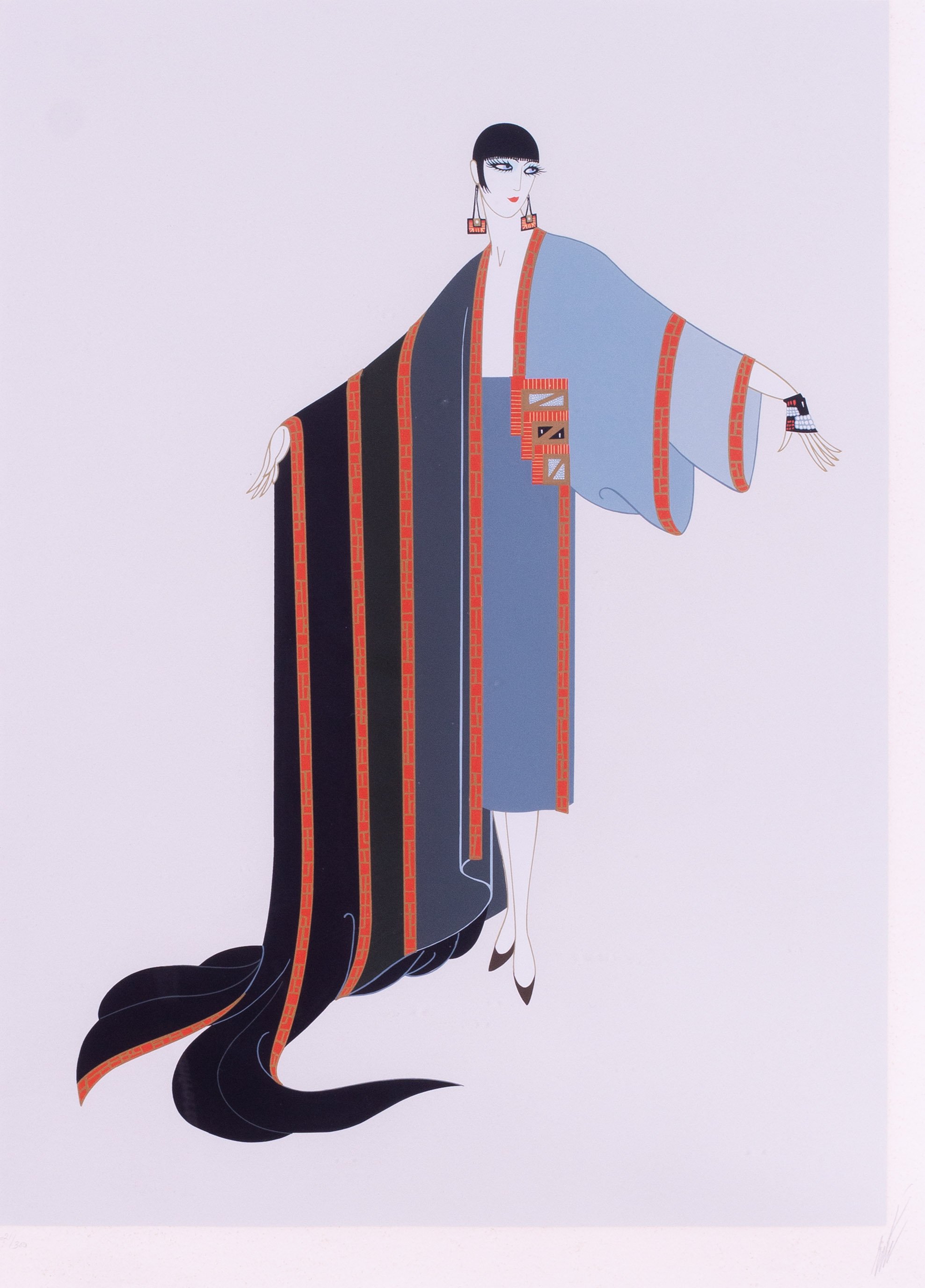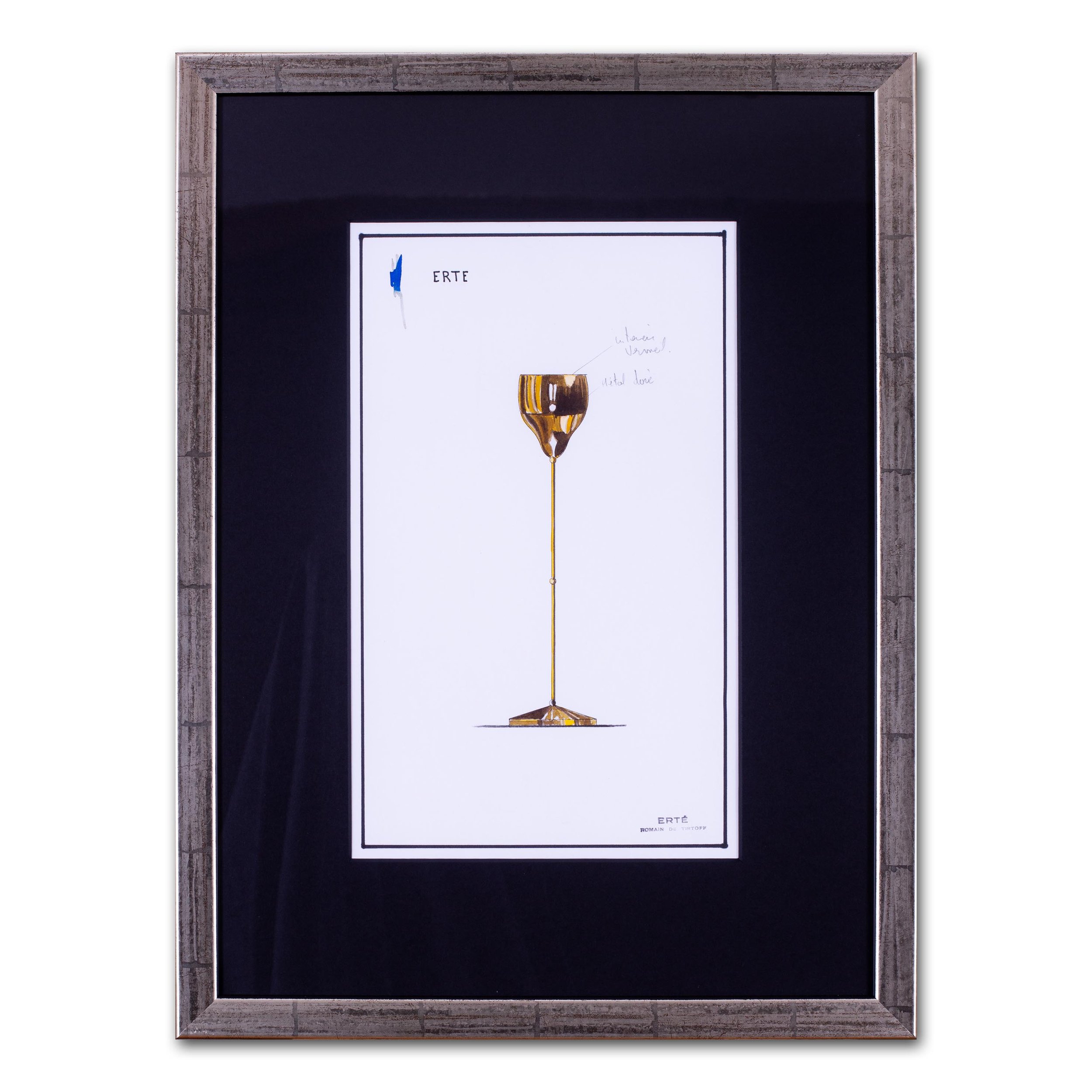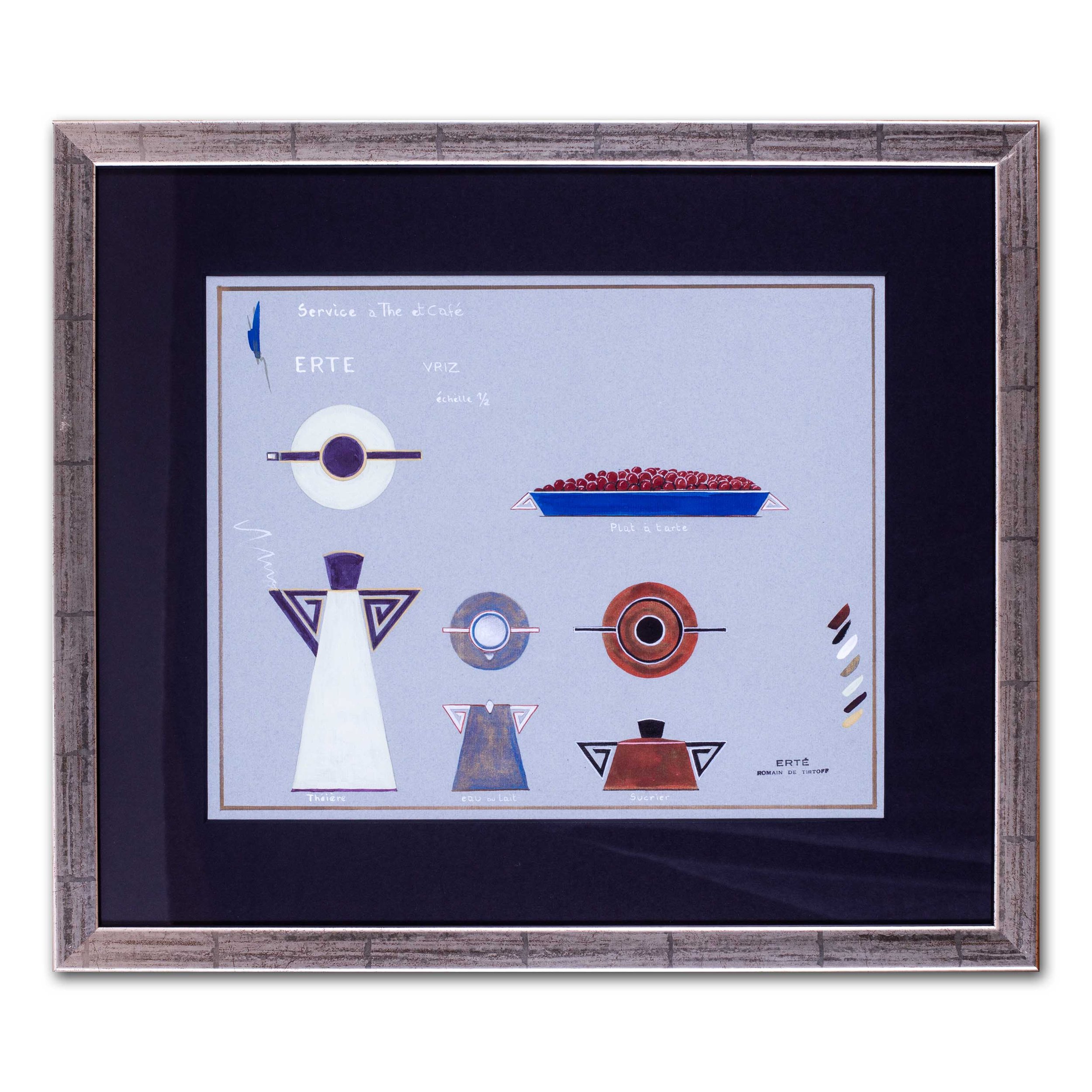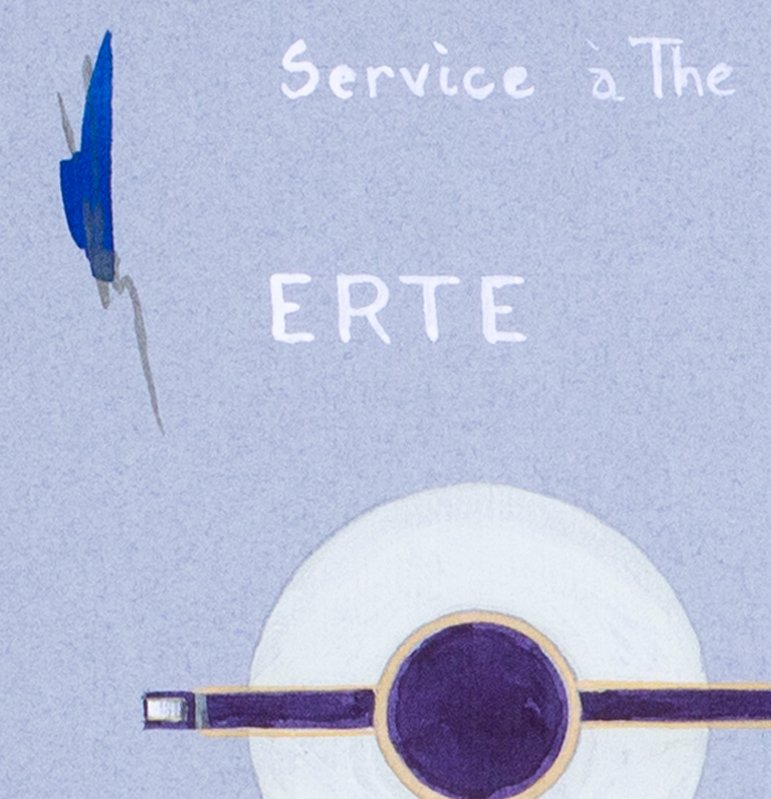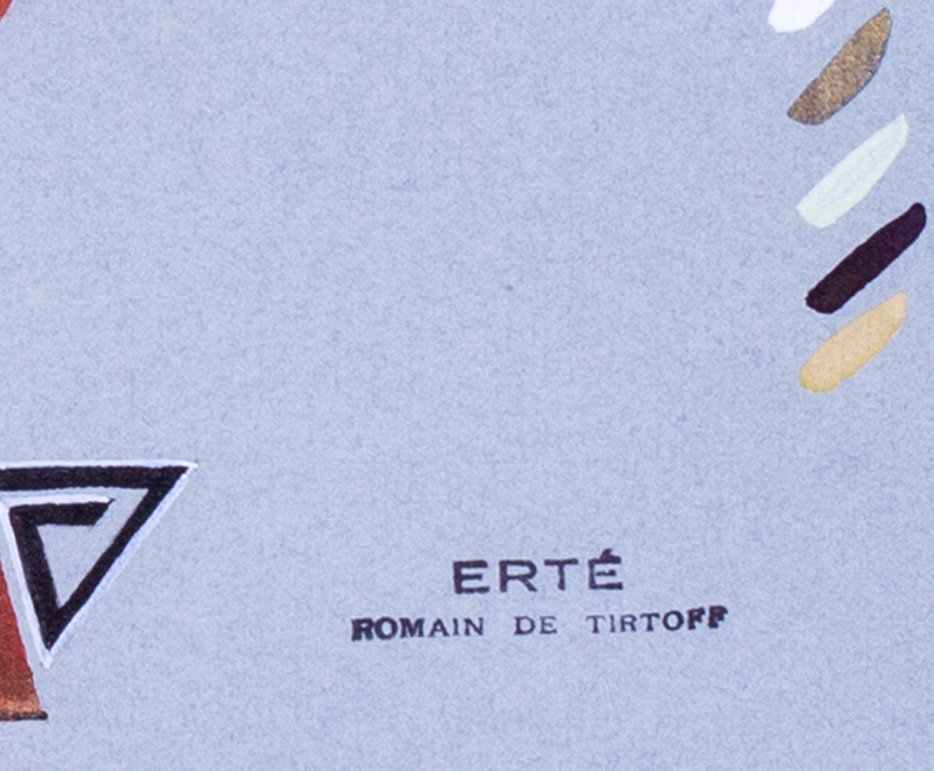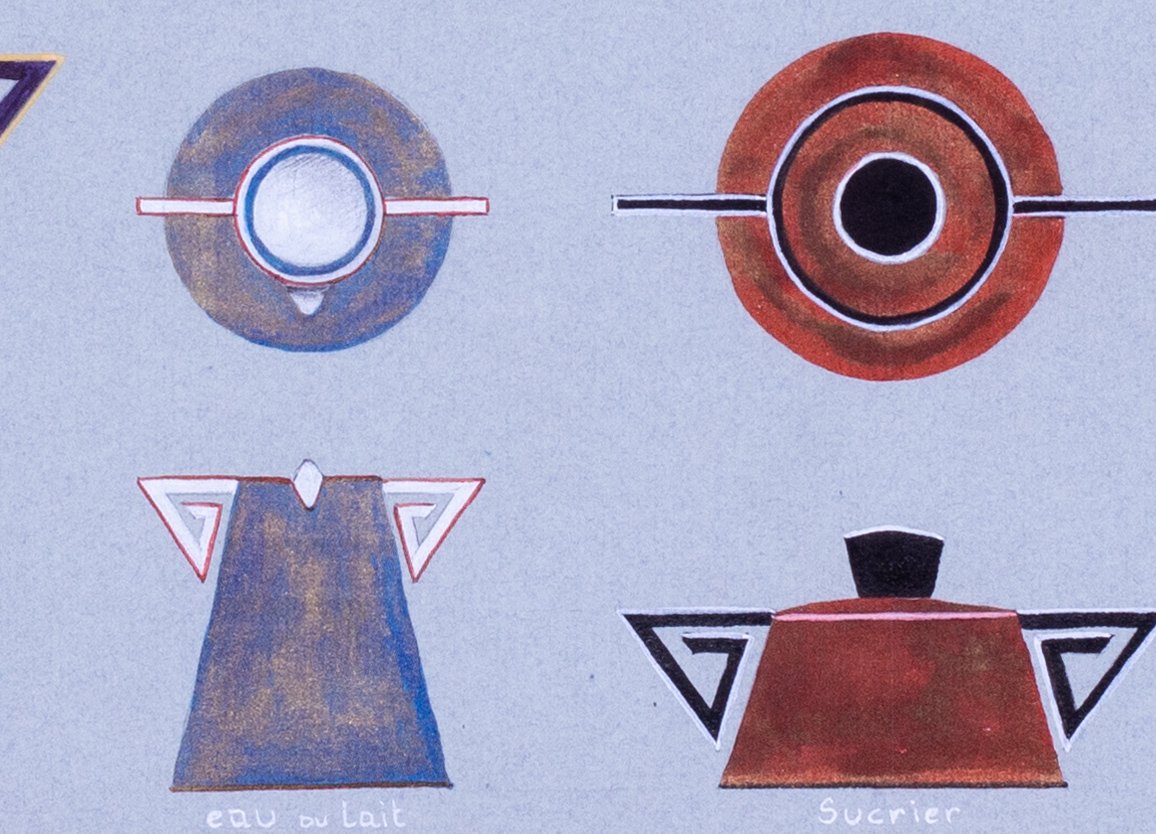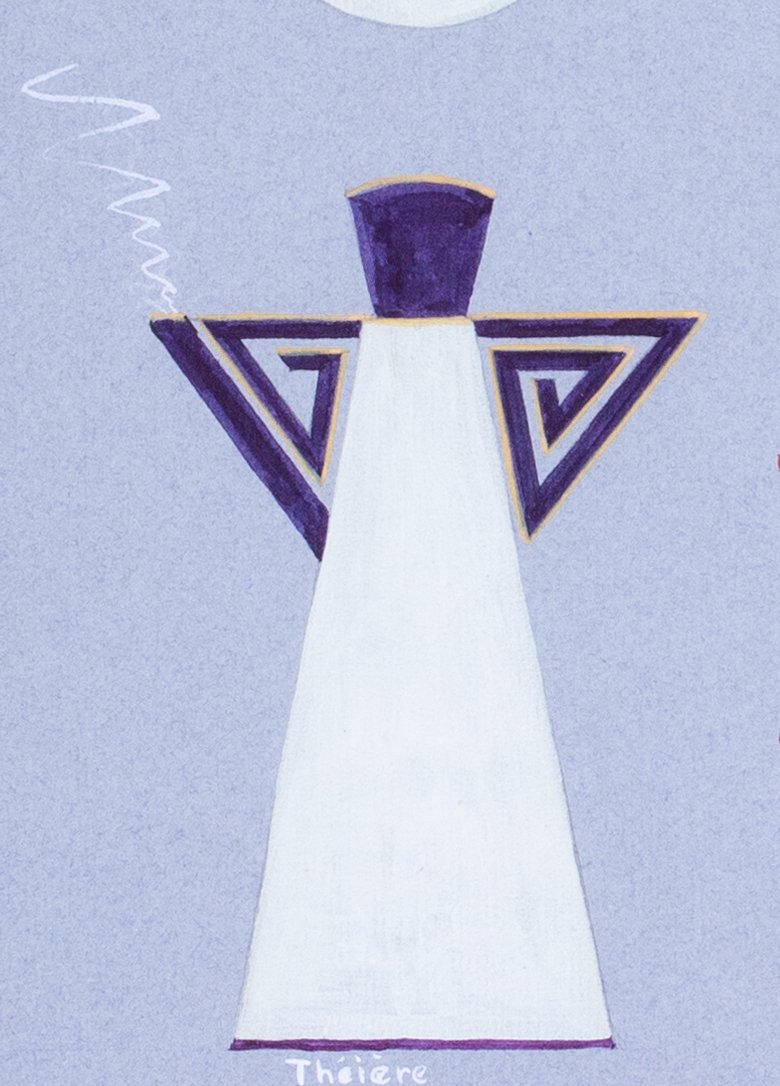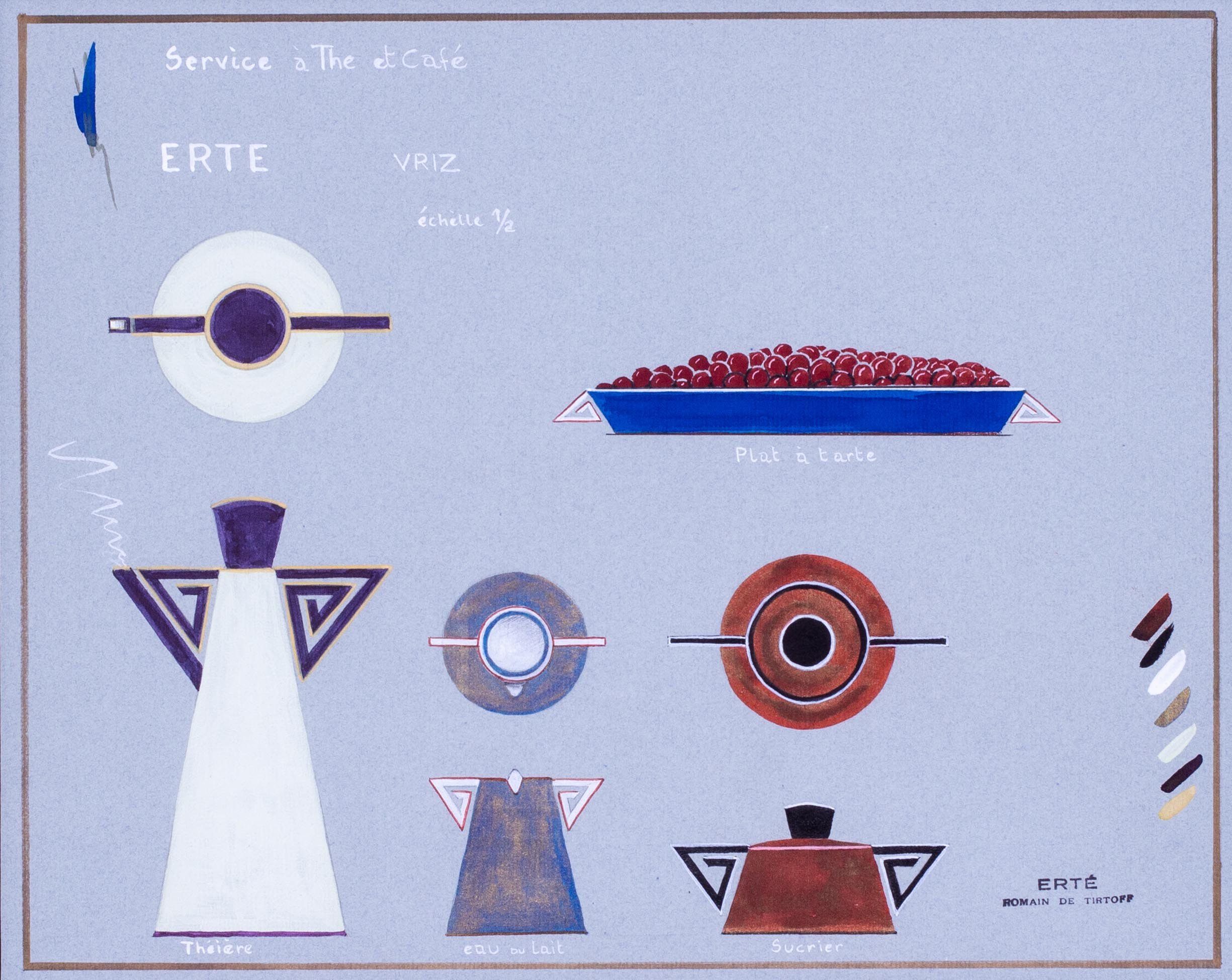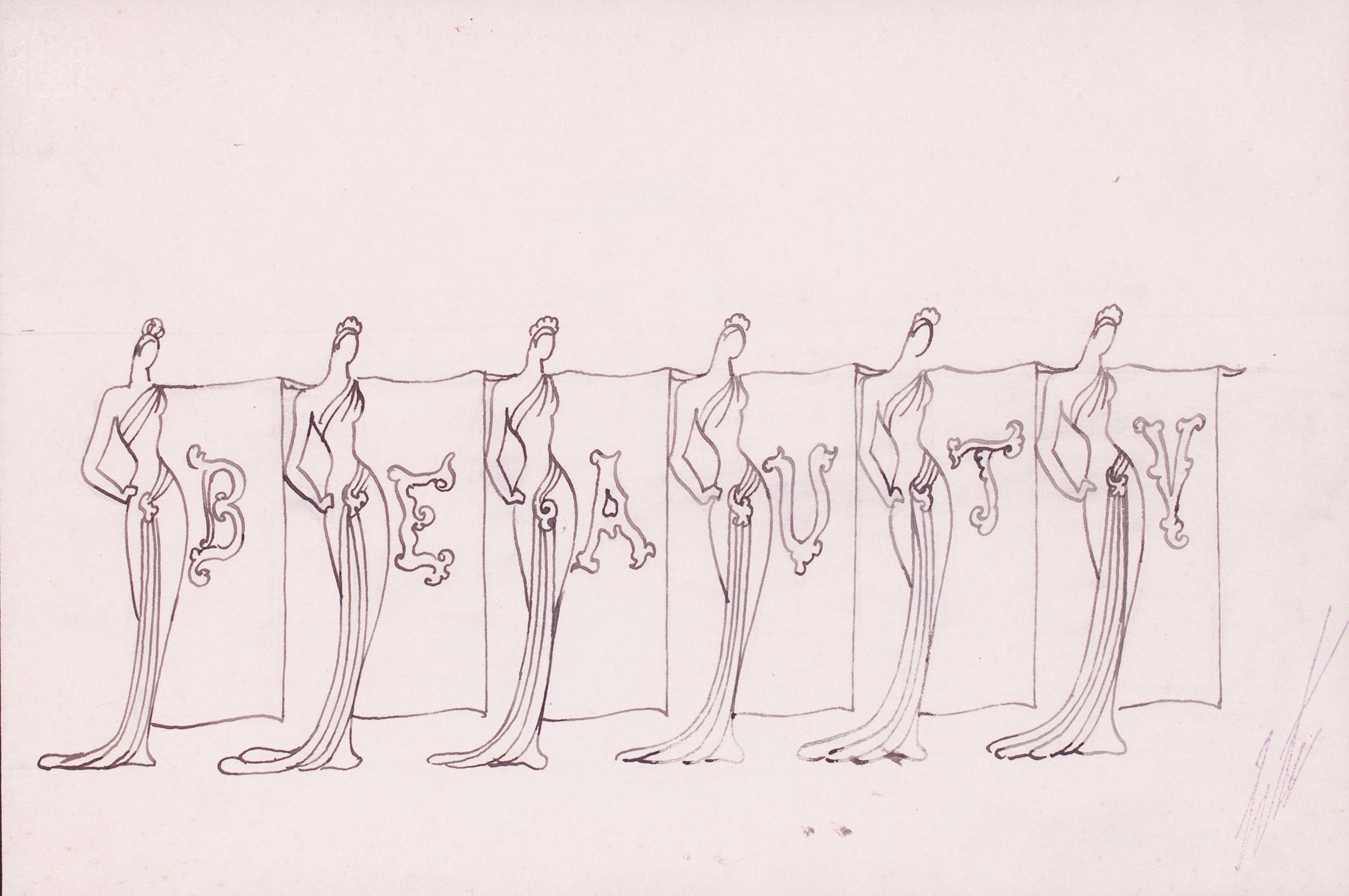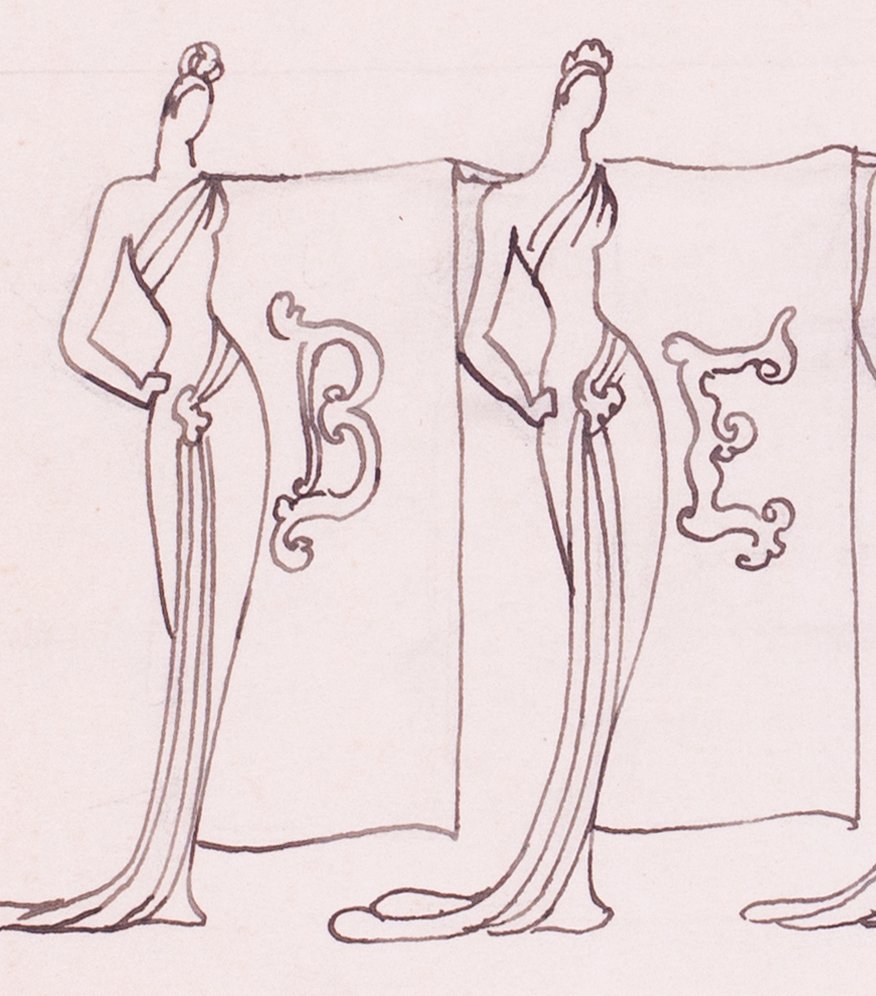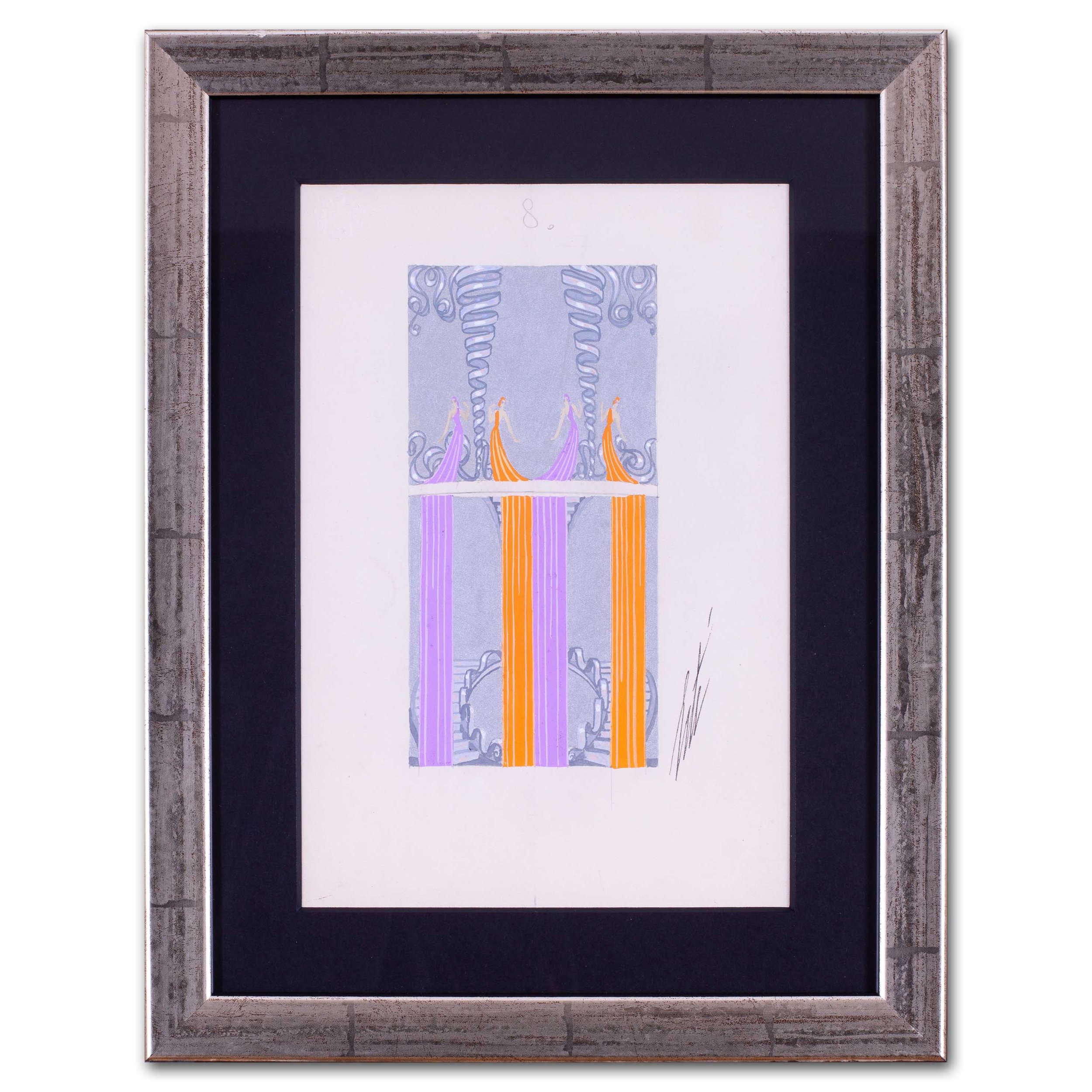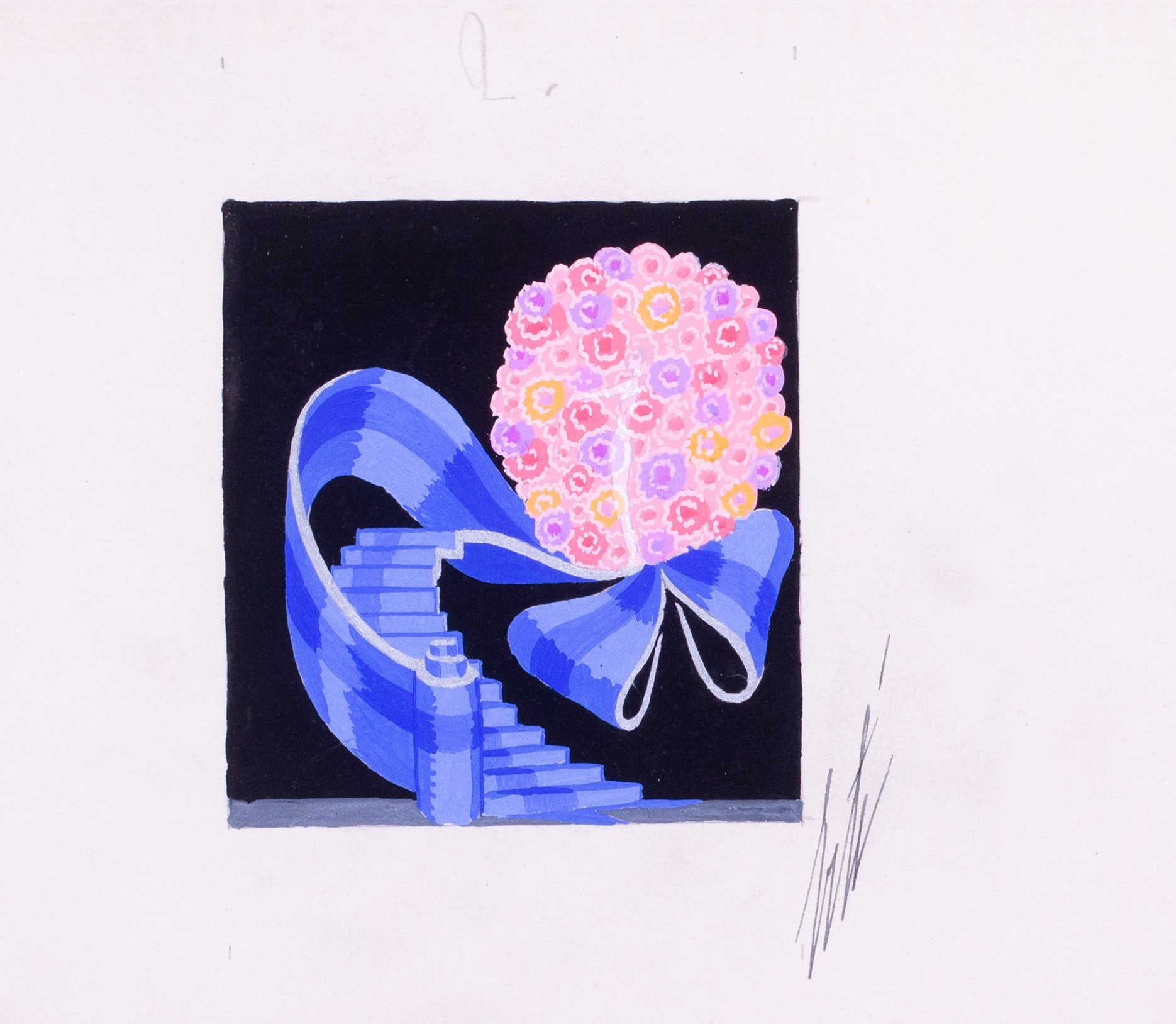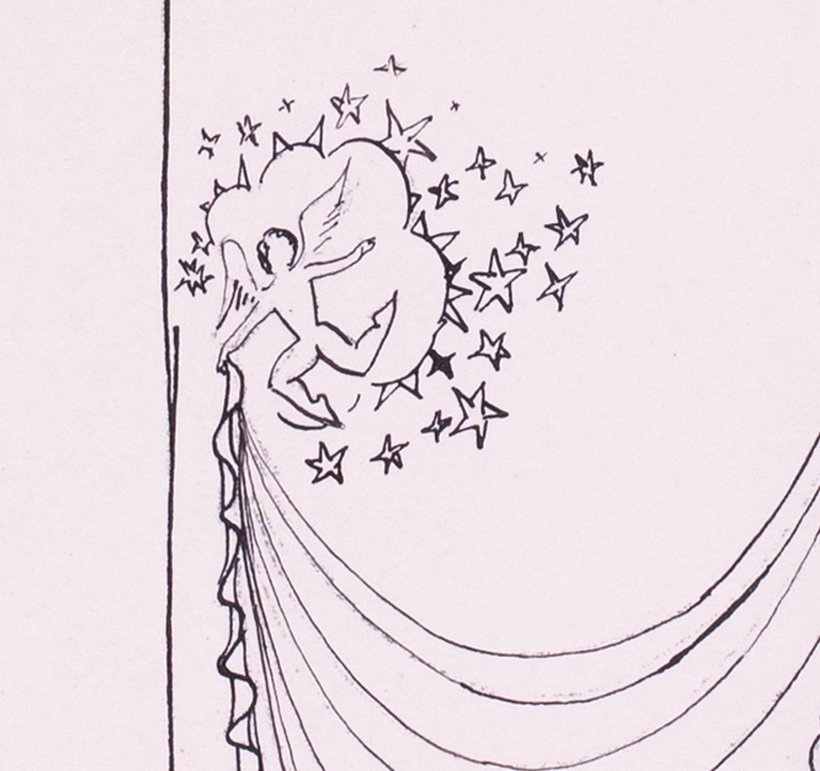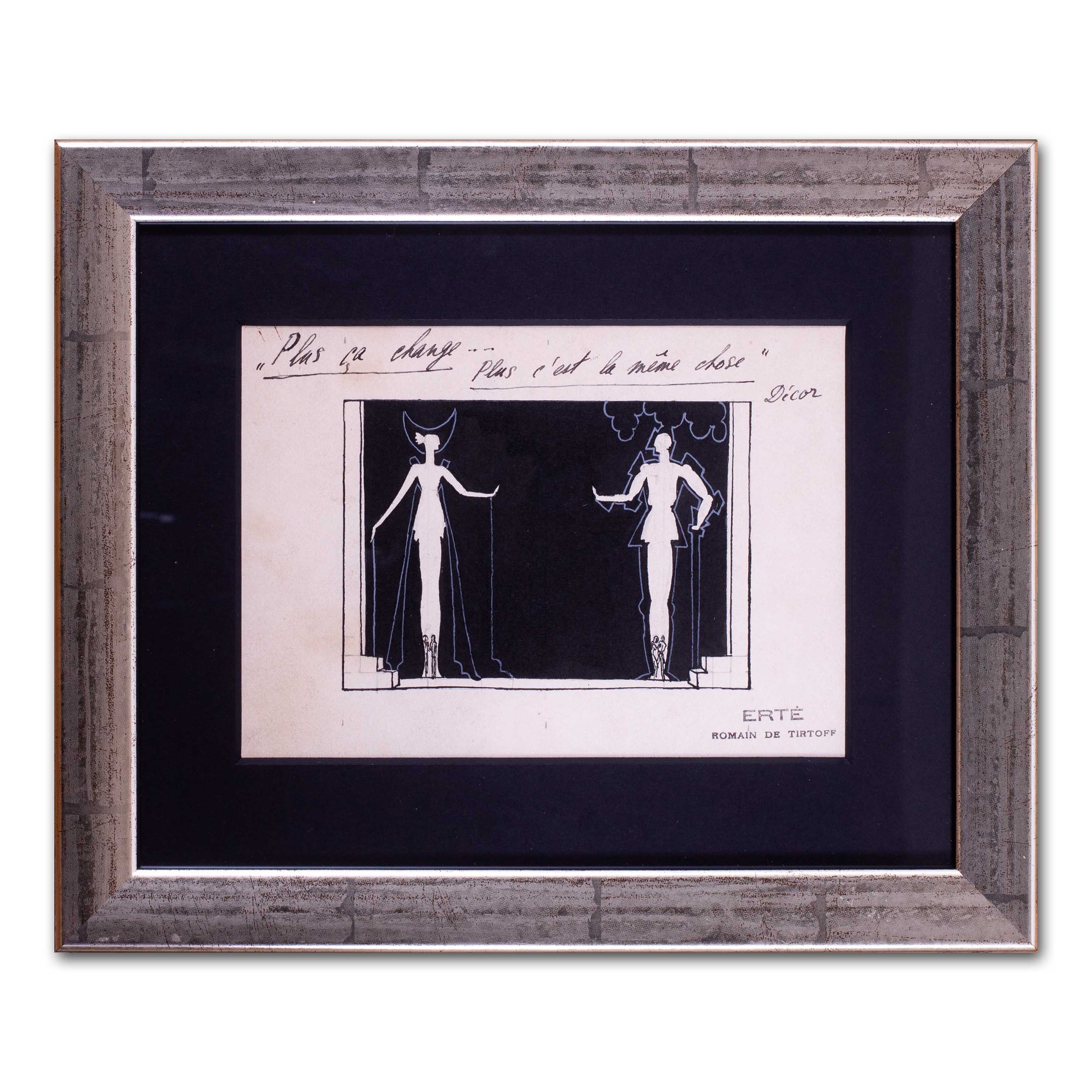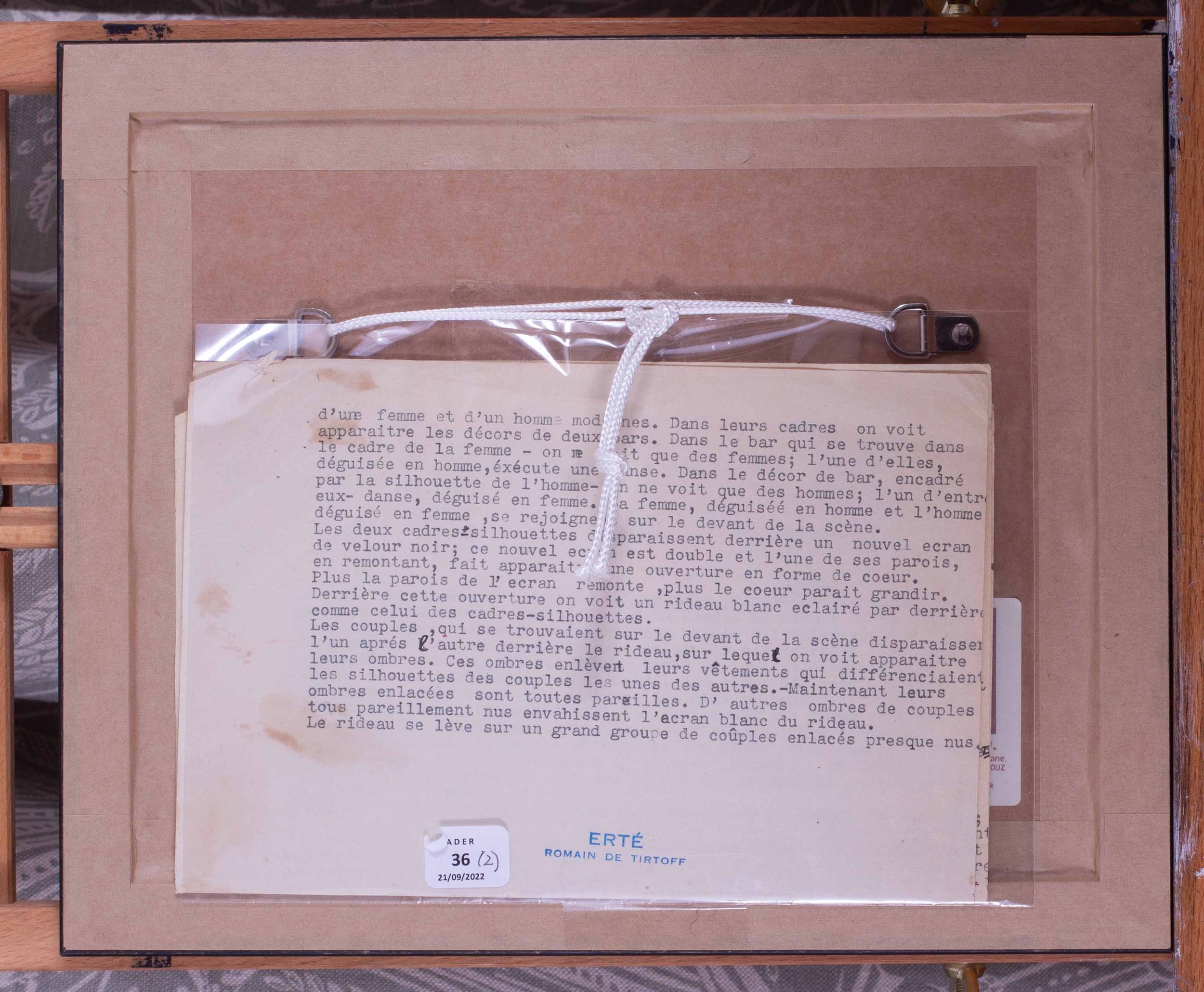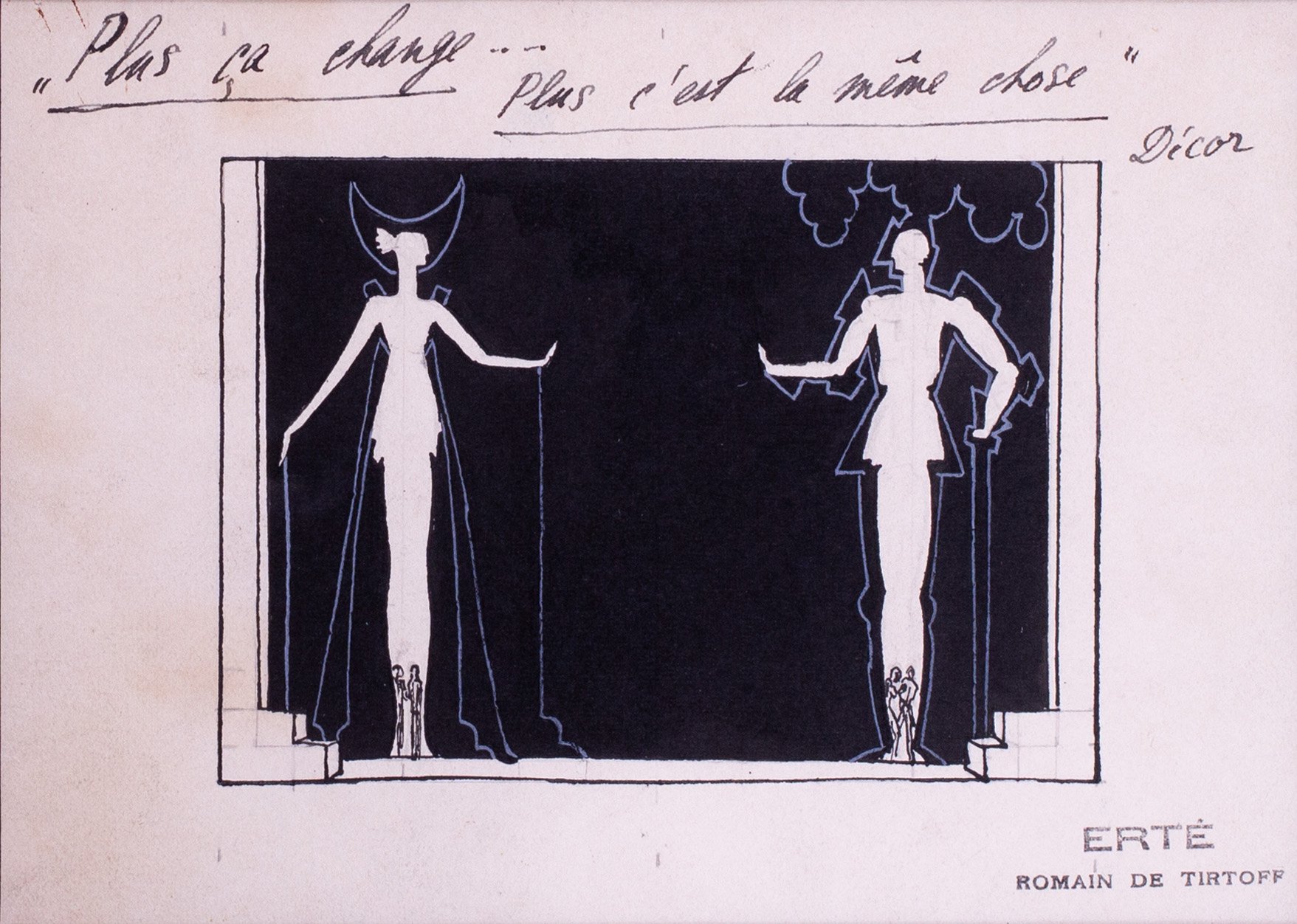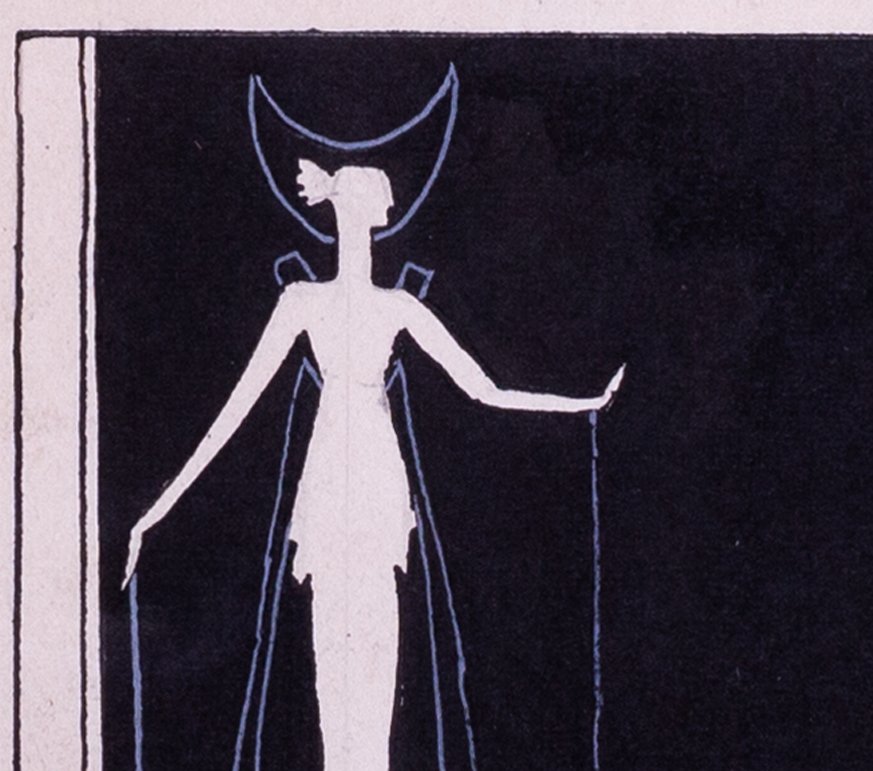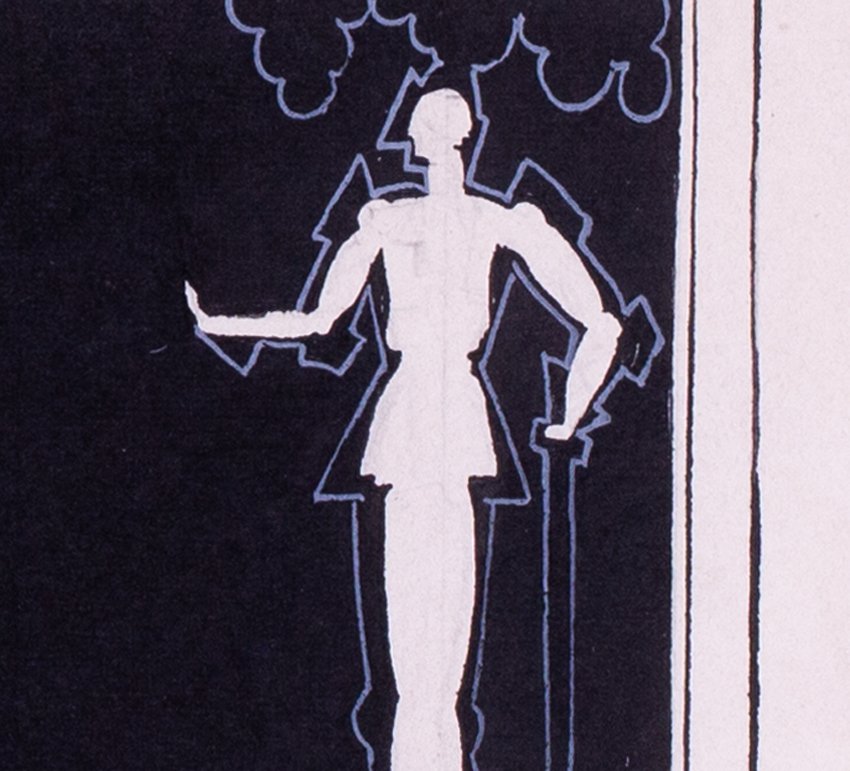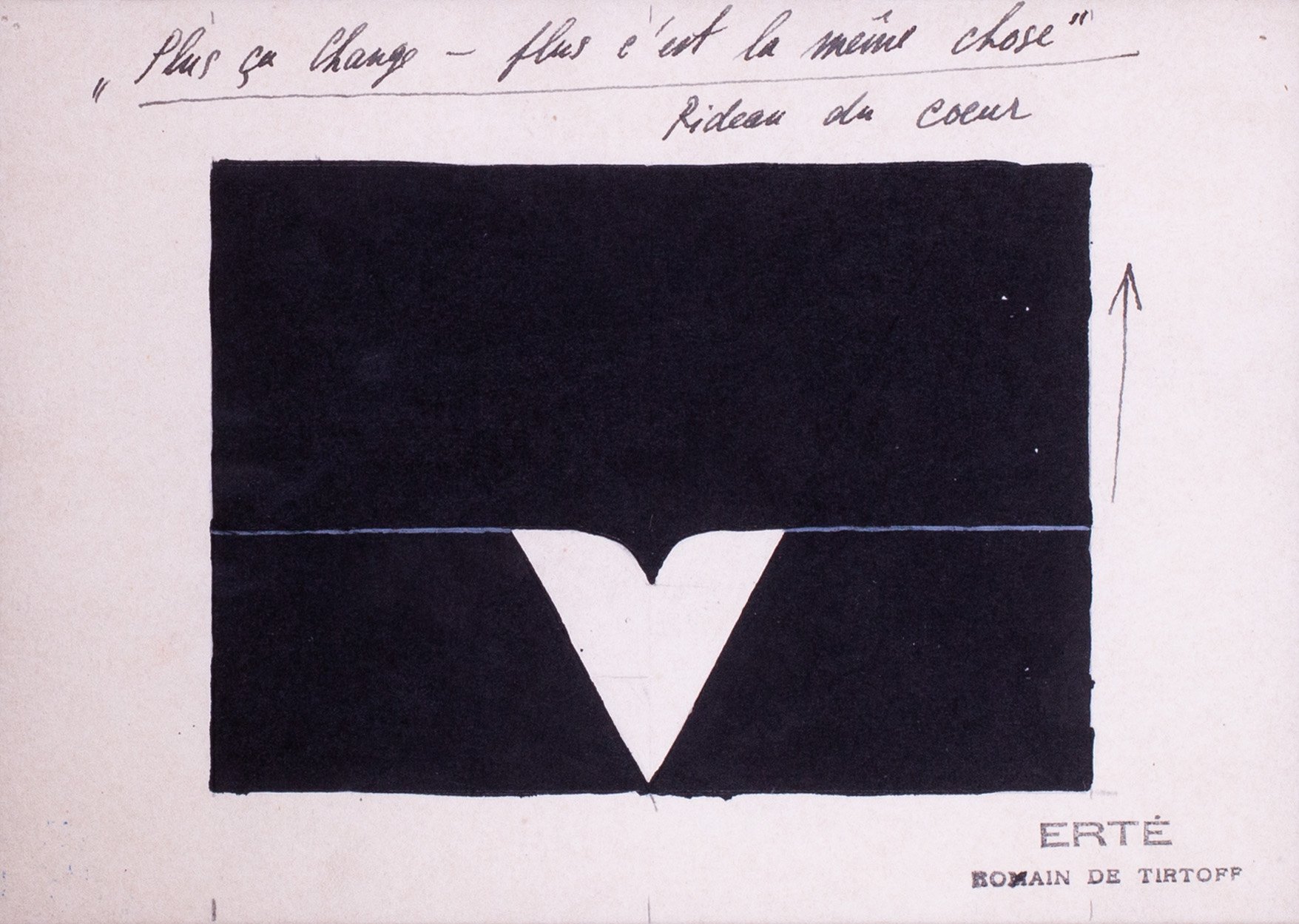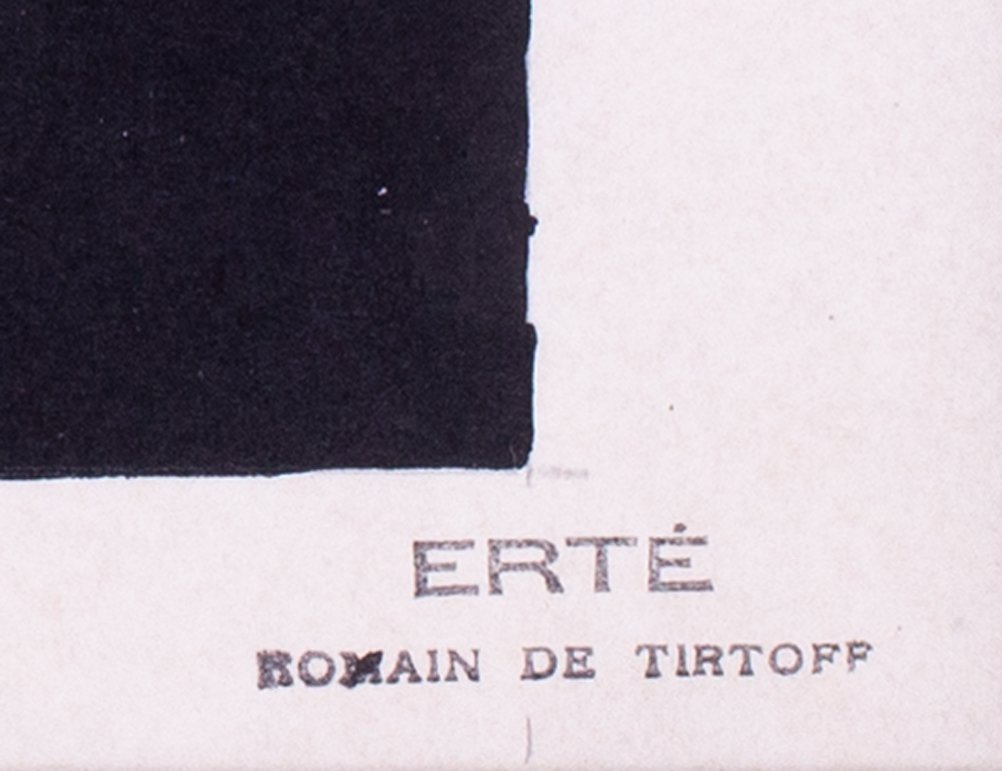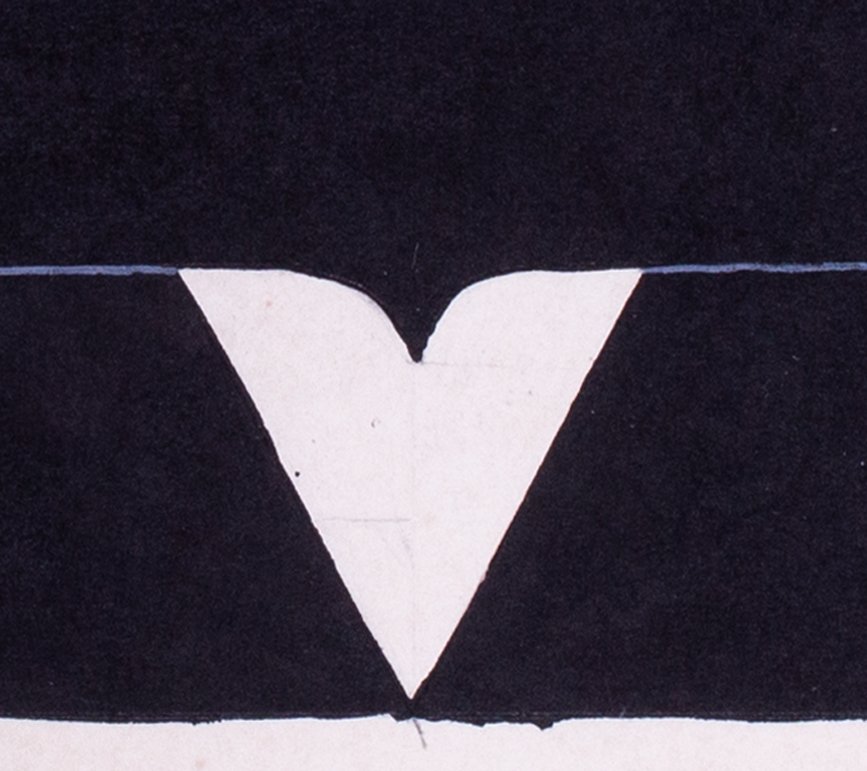Make it stand out.
Romain de Tirtoff called Erte
(Russian/French, 1892-1990)
Romain de Tirtoff, commonly known as Erté, is widely recognized as the most influential artist of the Art Deco movement. His distinguished career spanned over 80 years and crossed over into several mediums including fashion illustration, stage and costume design and bronze sculpture.
Erté was born on November 23, 1892 in St. Petersburg, Russia. His father was a military man who naturally believed that his son should follow in his father's footsteps; however young Roman had a slightly different destiny to pursue. At the age of 5 he designed a dress for his mother and this would be the beginning of a long career in the world of fashion.
Romain moved to Paris at 14 and enrolled at the Academie Julien to pursue fashion and stage design. At this time he also changed his name to Erte, which was the French phonetic pronunciation of his initials. In 1913, he landed his first job with the leading French designer, Paul Poiret. His design style was heavily influenced by the elaborate and glamorous costumes and sets of the Parisian Music Halls and this would become his signature 'look'.
His fashion illustrations graced the covers of Vogue, Cosmopolitan and most notably, Harper's Bazaar, for which he produced over 200 covers and other artwork. Erté's illustrations ooze sophistication and glamour and are synonymous with the Art Deco aesthetic - streamlined, geometric, highly stylized, boldly coloured and ultra-cool.
He designed numerous costumes and sets for the famous Folies-Bergere in Paris and The Ziegfeld Follies in New York, as well as for the opera La boheme, and the epic film Ben-Hur. When Art Deco fell out of favour in the 1940s and 1950s, so did Erté's designs. However, with the renewed interest in all things Deco in the 1960s he began what biographers refer to as a 'second career'.
During this 'renaissance' period (which lasted right until his death in 1990), he created visually stunning fashion serigraphs and bronze sculptures - all in the traditional Art Deco style. His 1982 serigraph, "Symphony in Black", is instantly recognizable and visually captures the essence of Art Deco style.









